GHS stands for Globally Harmonised System of Classification and Labeling of Chemicals. This internationally-established system (a United Nations initiative) is meant to facilitate ready identification and grouping of chemicals by the hazards they may pose. It also attempts to harmonise chemical information globally.
Put simply, the GHS seeks to synchronise our chemical classification and labeling systems with our international neighbours’.
GHS implementation in Australia has been occurring under national Work Health & Safety law reforms. For most Australian states and territories*, the new laws mean that full GHS implementation for both product labels and Safety Data Sheets (SDS’s) is required by 31 December 2016.
This means our manufactured products will have new labeling requirements and MSDS’s will have a new format and be called SDS’s (Safety Data Sheets) from January 1st 2017.
How does GHS relate to other legislation?
GHS replaces the current Approved Criteria for Classifying Hazardous Substances [NOHSC:1008(2004)] and the Australian code for its labeling. So as such, GHS specifically relates to classification of hazardous chemicals in the workplace environment.
GHS does not replace or change the requirements for the transporting of Dangerous Goods. GHS also does not apply to the labeling of cosmetic and household consumer products in Australia. These products are subject to risk-based labeling – either through the Health Department Advisory Committee on Chemical Scheduling (ACCS) or, where applicable to the product category, the risk management systems of the Therapeutic Goods Administration (TGA) or the Australian Pesticide and Veterinary Medicines Authority (APVMA). However, GHS classification will still apply to any Safety Data Sheets (SDS’s) required for consumer or household products.
What Changes will you see?
The move to GHS affects the way information on chemicals is communicated. This includes changes to classifications of the chemicals themselves. GHS is hazard-based rather than risk-based, and covers the whole life-cycle from manufacture to disposal.
There are also changes to the language and organisation of labels and SDS’s; GHS has new signal words, hazard statements and precautionary statements advising on safely handling, disposal and storage.
Perhaps the most noticeable change will be the pictograms. There are now nine diamonds surrounded by a red border, with two new symbols for those that affect human health and one for environmental hazards.
What are Castle doing to implement GHS?
Because of the size of the task, preparations at Castle are already well underway in anticipation of the changes. We are well advanced with our SDS authoring and are about to implement new software and database changes to enable GHS labeling to smoothly transition from the current system. We are committed to ensuring:
- Correct classification of our products
- Meeting our Labelling and SDS requirements according to the GHS
- Training our Technical Sales and Service Teams to help you manage the transition to GHS.
- Assisting our Distributors and customers in managing these changes.
Will Castle products change under the GHS?
The changes associated with the GHS relate to the products’ classification rather than changes in the actual ingredients. Some products may now be classified as hazardous under the GHS that were previously not under NOHSC. Product performance will be unchanged and we will assist with ensuring these classification changes are well managed with reference to the PPE requirements of Occupational Health and Safety and the new SDS recommendations. We will continue to review our range of products should some alternatives be required.
Classification of concentrates vs. ‘in use’ dilutions.
Both current and GHS classifications are for the product as supplied in the drum or bottle. Castle will continue to strive for product to be classified as ‘Non Hazardous’ when diluted for use. Our commitment to sustainability includes providing concentrates or solids to minimise transport (of water). Subsequent dilution, preferably via minimal handling dispenser systems will provide final in-use non-hazardous product wherever possible. So, even though the GHS hazard classification of some of our ‘supplied’ product may alter, the actual ‘in-use’ hazard profile of our products will usually change very little.
Where should I look for GHS information on the SDS and product label?
The SDS still contains 16 sections. Section 2 of the SDS is where you will find the Hazard classification, signal words, pictograms and hazard/precautionary statements. This information will also be clearly displayed on product labels.
Will my staff require special training? Who will provide this and how should it be done?
Because of the changes, your staff will be required to recognise and understand the new GHS pictograms, hazard statements and precautionary statements on the labels and SDS’s. Castle can provide information regarding GHS regulations, but WHS requires individual businesses to ensure designated safety personnel or committee work to train your staff.
* Victoria and WA have so far not introduced the laws which implement GHS. However, companies based in either state whose products are sold or supplied into other states and territories are still required by law to adhere to the GHS implementation deadline. GHS classification also applies to Safety Data Sheets, not just product labels. Unless your company is a micro‐business operating within a very limited geographical area within Victoria or WA, GHS needs to be viewed as a national scheme.


